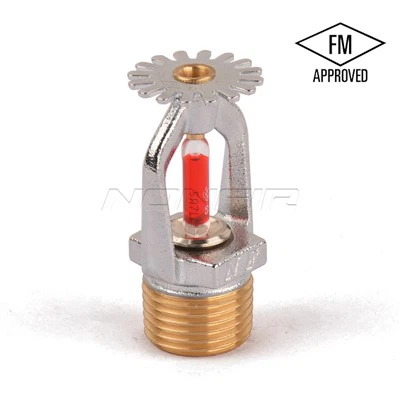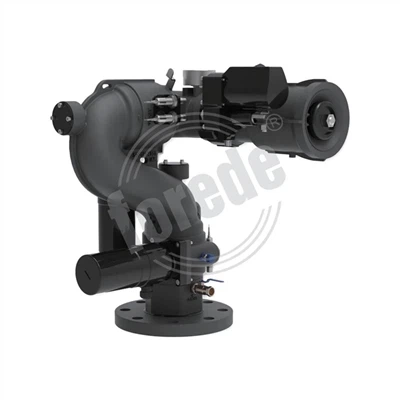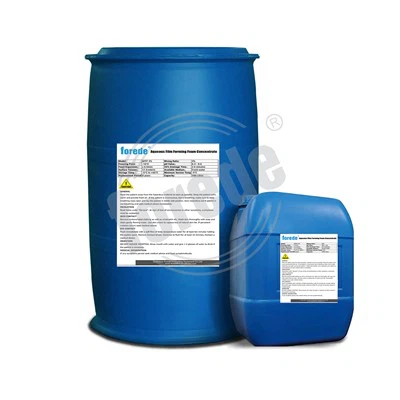Most of options, including temperature, orifice size, and orientation, are available for both quick and standard response sprinklers. The key differentiator between them is thermal sensitivity; how sensitive the sprinkler’s heat-sensitive element is to its activation temperature. This sensitivity is measured through a sprinkler’s response time index (RTI) and falls into two main categories:
Fast Response sprinklers have an RTI of 50 or fewer meters-second1/2 (90 or less (ft-sec)1/2). Standard Response sprinklers have an RTI of 80 or more meters-second1/2 (145 or more (ft-sec)1/2)
Fast response and quick response may sound like the same thing, and that idea is half right. Quick response is a type of fast response sprinkler — a subclassification — that is typically applied to most commercial sprinklers that have a fast response element. Residential sprinklers are another type of fast-response sprinkler and are often described that way. So are Early Suppression Fast Response (ESFR) sprinklers, which are used in special storage applications.
The three most common fire sprinklers include:
Standard response fire sprinklers can be found in warehouses, factories, and other commercial or industrial buildings. A standard response sprinkler’s mission is to pre-wet materials around the fire, removing its fuel source. Drenching the surrounding area slows the fire, buying critical time for the fire department to get on the scene. Containing the fire in its original location and suppressing its growth are the focus.
Quick response fire sprinklers are installed primarily in light-hazard applications (e.g., office buildings, schools, etc.). They have similar fire-control benefits as a standard response sprinkler, but their mission is slightly different. A quick response sprinkler discharges water higher on the walls to keep the fire from climbing and maintain lower ceiling temperatures. Cooler ceilings reduce the likelihood of flashover and slow a fire’s rise within a building. Improving the odds for human survivability is the quick response sprinkler’s primary mission.
Residential fire sprinklers (fast response) are used in, residential applications, often single-family homes. They have a similar priority to quick response sprinklers — human survivability and escape — plus unique deflector patterns and droplet sizes that use water efficiently in a home system, where water may be at a premium.
Quick response and all fast response sprinklers got their name from their faster response time when compared to standard response sprinklers, of course. And the only physical difference that allows them to do this is the size of the liquid-filled glass bulb that serves as the heat-sensitive element. A standard response sprinkler has a 5 mm glass bulb and a quick response sprinkler has a 3 mm glass bulb. The latter bulb’s smaller size speeds up thermal responsiveness.




















